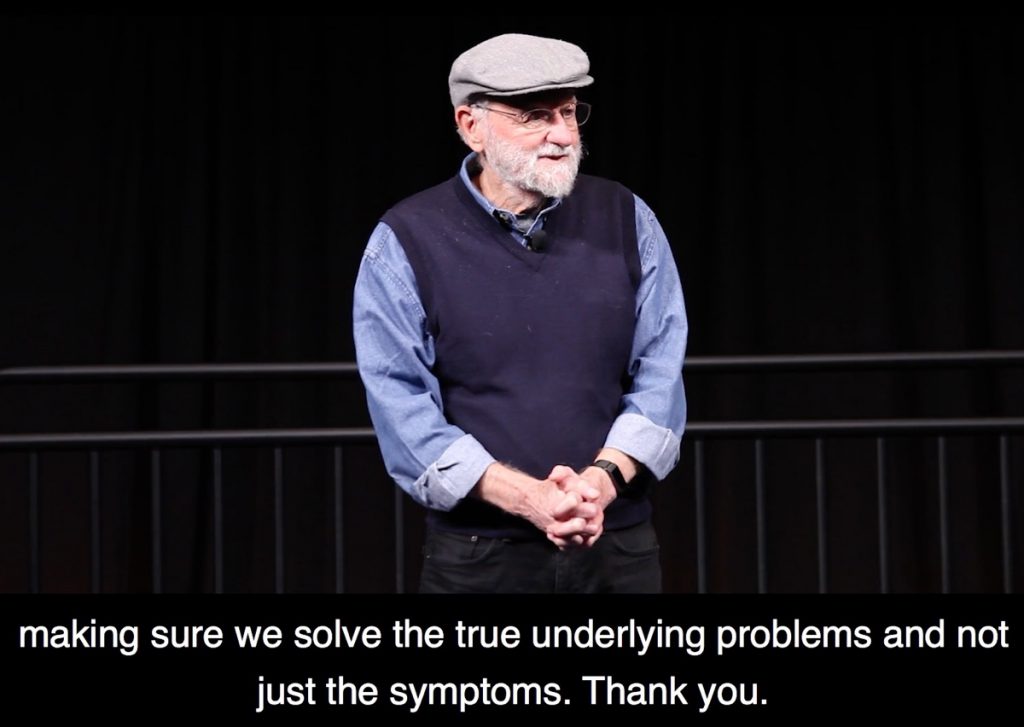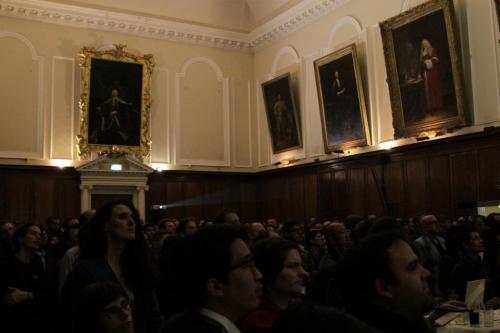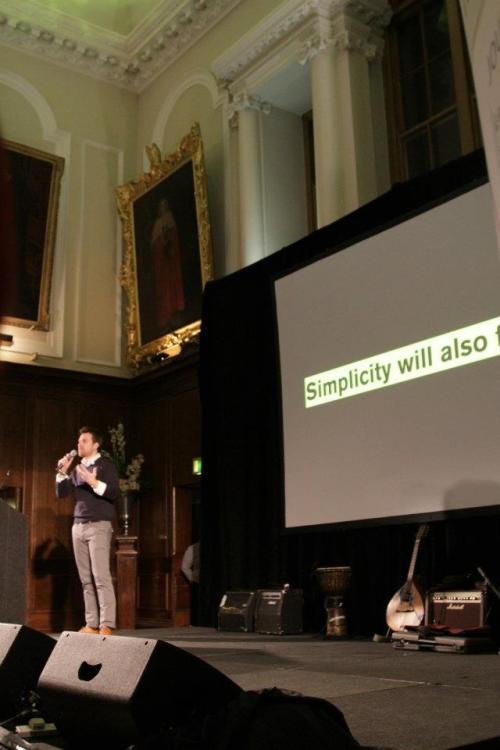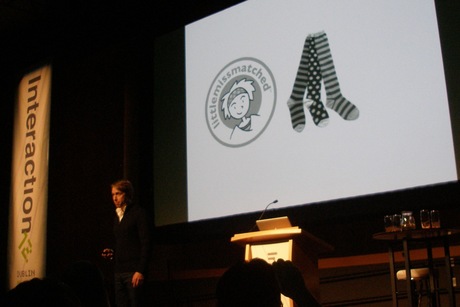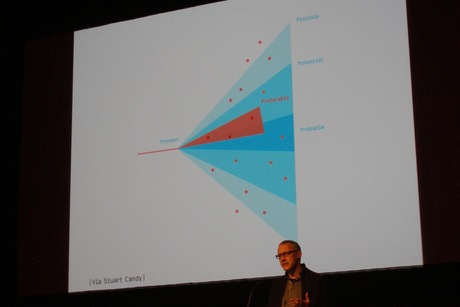Friday, the second day of Interaction 12 in Dublin. US folks were suffering under jet lags – I had a little hang-over. Did I mention that the conference took place in Dublin? Between 750 and 800 people attended the fifth interaction conference, the first one in Europe. IxDA itself started in 2003 as a mailing list after Tog has pointed out the enemy: Us. Since then IxDA grew as a nonprofit organization to several thousands of people; 28,000 on IxDA discuss, 35,000 on LinkedIn. But now back to Friday_
Sketching sometimes involves coding
Exploring, Sketching and Other Designerly Ways of Working was the keynote by Jonas Löwgren. If you know Bill Buxton and his book Sketching User Experiences – Getting The Design Right and The Right Design you are already familiar with the idea that sketches are not necessarily limited to pencil on paper. Jonas presented several examples that involve – drum roll – coding! Sometimes story boarding, wireframing, and mockups are not sufficient to explore the user experience of a new product, site, or service. Pinpoint is a design study of an interactive visualization to find people with related interests in large organizations (ACM 2010). Jonas and his team developed several iterations until the crowd moves in a natural way. You can also call this approach prototyping, and then consider prototyping one way of sketching. Voilà.
Pinpoint demonstrator video
I just wonder how many people can be visualized before the screen gets too crowded.
Another example. Mediated Body is an acoustic device that senses the aura (vicinity) of human bodies and translates it into sound – same principle as the Theremin. Now, show me how this experience can be predicted without building and using the thing.
Mediated Body /video
webcast of Jonas Löwgren’s presentation
…reminds me of Understanding Media by Marshall McLuhan. Big shoes to fill. Dirk Knemeyer chose this title for his passionate talk about unsolved issues between people.
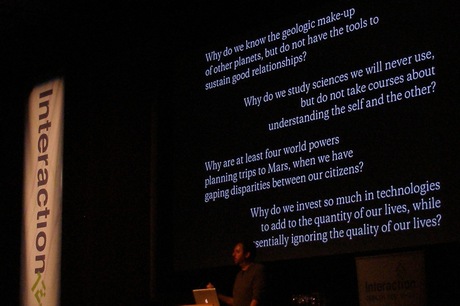 /more photos
/more photos
Dirk argued for more human and psychological properties in technology (instead of abandoning technical tools at all, and going to the park to play with your kids. Well the truth and future should be somewhere in between.) Starting from C.G. Jung, he presented several psychological models, and built the path to a social web that takes individual mental strength and weaknesses into account. I hope a webcast will be available soon to re-listen to his considerations. Until then, the slides must do.
Sculpture
I love listening to talks that open a new point of view. Rachel Bolton-Nasir used her passion for skulpture as a design lens, to better understand design. And she discussed the dimensions of form / multiple viewpoints / physical parts / bodily empathy / multi-sensory and context for zipcar.
Usability Testing does not test for Social
Dana Chisnell made the point that the artificial situation of usability testing often neglects the social context. In her example a usability test should evaluate the design of a site to calculate your rent, and to choose between several options. The participant started to cry because she never does such decisions without asking her dad, but her dad recently passed away. Very often the context is larger than the space between the user and the screen.
Dana gave another example, the failure of Google buzz. Despite the fact that Google has used and tested buzz internally for quite some time, the product was a failure. Testing does not help, if your test group does not represent the user base.
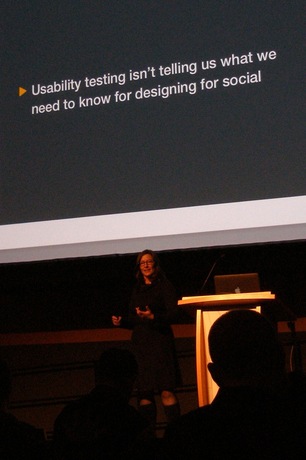
And the winner is…
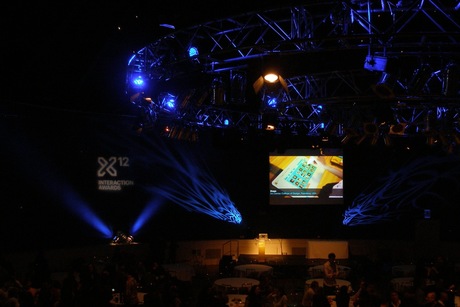
For the first time IxDA run the Interaction Awards. This Friday night was the impressive ceremony to announce the winners. Several of the finalists and, of course, the winning projects are presented at Interaction Awards Winners 2012.

